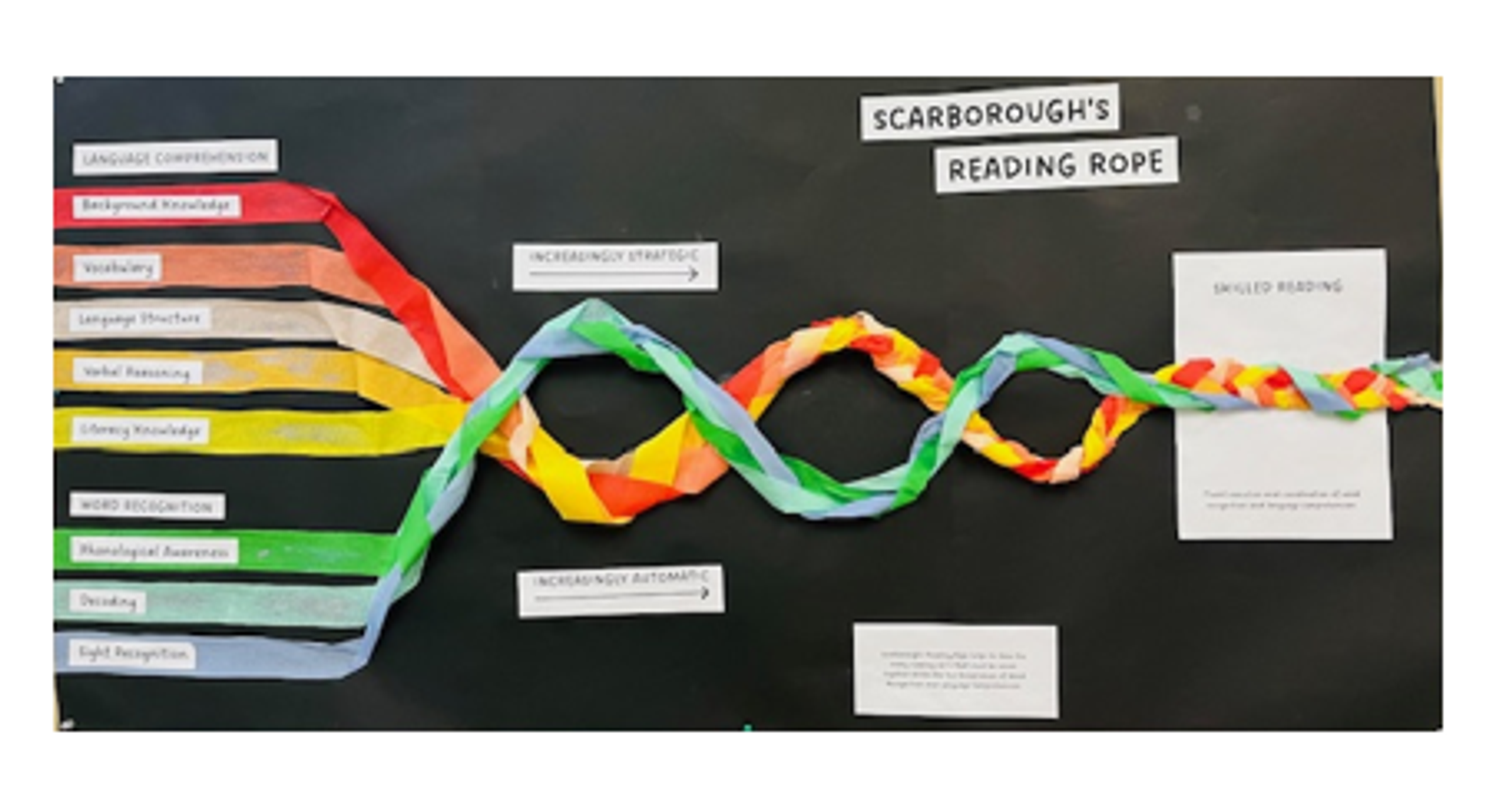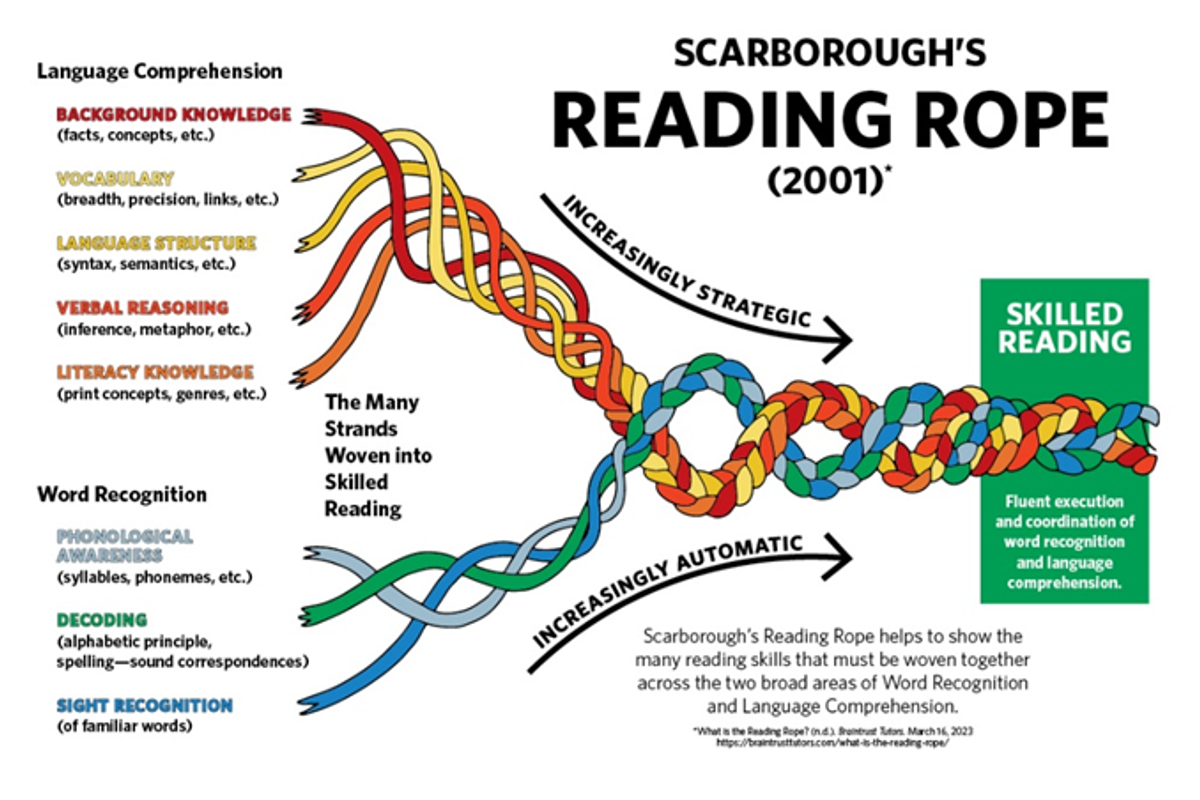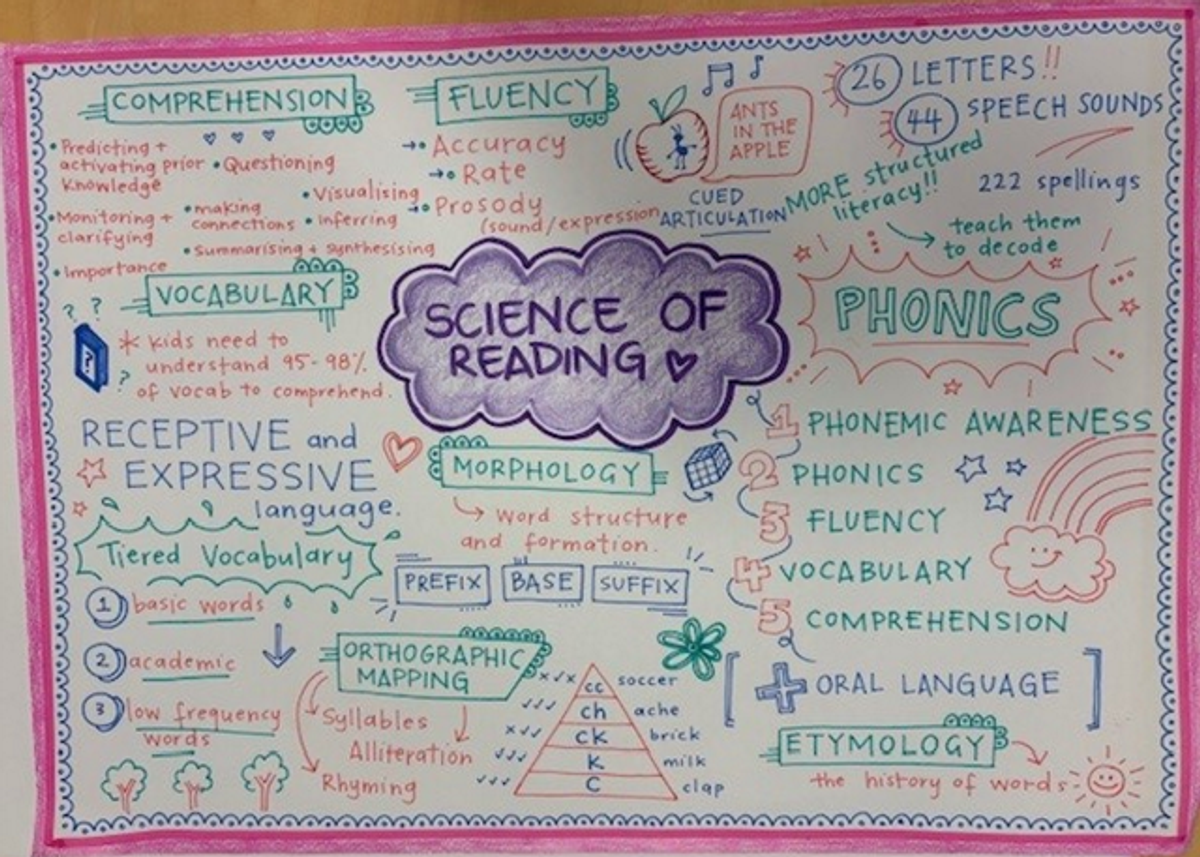Literacy

Science of Reading
Solway Curriculum Day
On Friday 6 June, Solway staff completed professional learning on the Science of Reading, looking at how this approach to teaching students to read aligns with the statewide mandate on teaching phonics for 25 minutes a day in Prep to Year 2 classes. So, what is the Science of reading.
What is the Science of Reading?
The Science of Reading refers to a body of evidence that encompasses multidisciplinary knowledge from education, linguistics, cognitive psychology, special education and neuroscience. The science outlines essential cognitive processes for competent reading and describes how reading develops in both typical and atypical readers. These studies and the meta analyses of the data collected, have revealed a great deal about how we learn to read, what goes wrong when students don’t learn, and the instructional strategies that facilitate the cognitive processes required for reading .
The Science of Reading outlines 6 key skills to develop reading competency, referred to as the ‘Big Six’ of reading:
- phonemic awareness – the ability to identify and manipulate the individual speech sounds in words called phonemes
- phonics – knowledge of the relationships between letters and sounds, and the ability to use letter–sound relationships to decode words
- fluency – the ability to read accurately, quickly, and expressively. Fluent readers can focus on reading for meaning.
- vocabulary – knowledge of the meaning of words in isolation and in context
- comprehension – the ability to extract and construct meaning from written text.
- oral language- spoken words used for communication
Scarbourough’s Reading Rope shown below, provides a more detailed model proof reading showing the relationship between language comprehension and word recognition for students developing into skilled readers.
Solway Staff making their own Reading Rope and Science of Reading displays for their offices.
Why is there an n on the end of the word autumn, column or hymn?
Have you ever wondered why these words have the letter n at the end which is not pronounced. Well these silent letters are the ghosts of pronunciations past. The n at the end of the words in this case indicates that the word originally came from Latin, eg.‘columna’, ‘hymnus’ or autumnus. In these instances, as the n was followed by a vowel it was pronounced. When Latin words changed over a long time into English words, most of them lost their Latin suffixes, -a and -us and -ae and -i. When we dropped those last syllables, the MN became very difficult to pronounce, so we just stopped!
Book Week- ‘Book an adventure!’
Book Week is coming…… Solway will be celebrating Book week on Monday 18 August, with a dress up parade that morning. Following the Parade, we will be hearing from Cristy Burne who is a professional communicator, scientist, speaker, author and adventurer, renowned for her high-energy, hilarious and highly engaging events. Cristy has written a number of children’s books including the popular Wednesday weeks series and the Aussie Stem stars series. Following our Solway visit, Cristy will be taking a show, co-designed by our very own Trudi Boatwright ( Noah in Year 2’s mum), about the wonders of Australian Science, to the Australia Pavillion at the World Expo in Osaka in September. We are very much looking forward to her visit, so start planning your costumes!
Sarah Watkins
Acting Assistant Principal/Literacy Specialist



